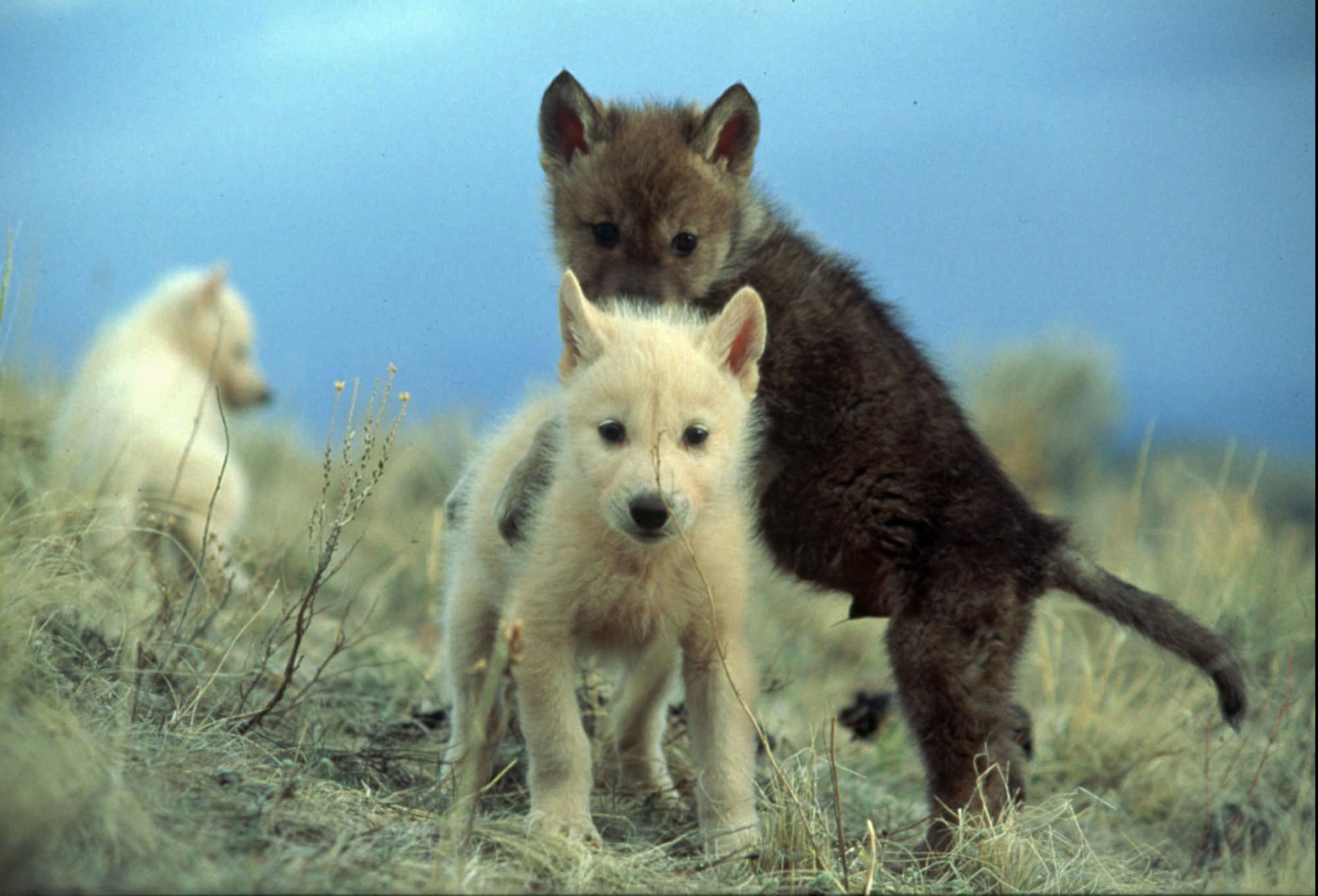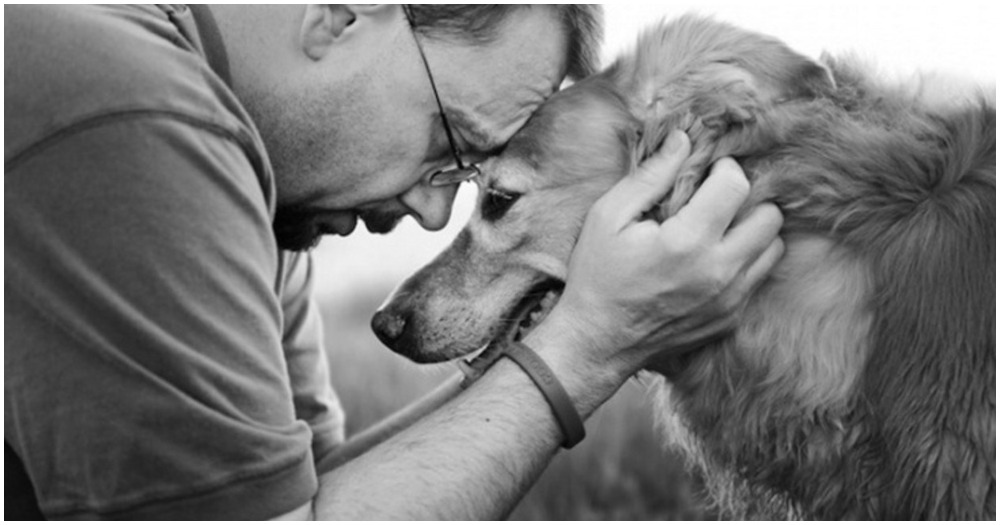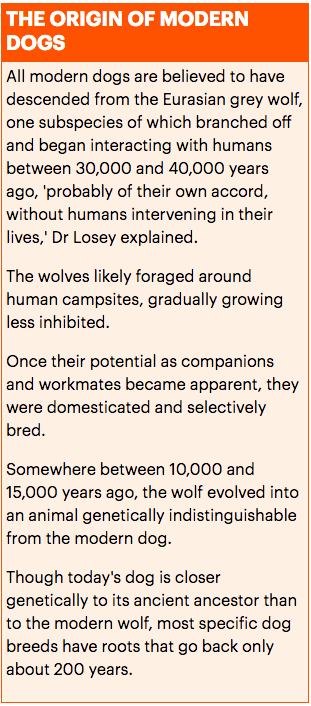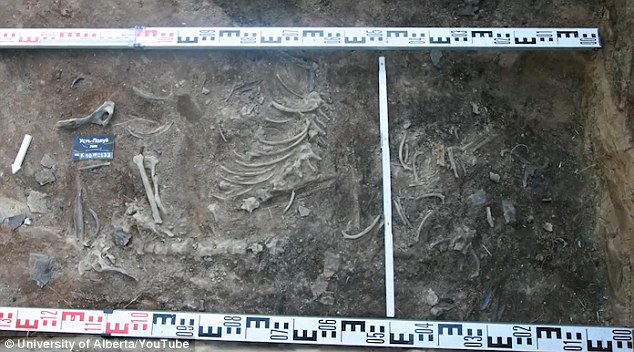
Early symptoms of distemper include fever, not eating, dehydration, lethargy, diarrhea, and vomiting. Neurological signs like seizures can occur during the third week.
“Since distemper is a life-threatening sickness with very high mortality rates, the dog must have been perniciously ill between the ages of 19 and 23 weeks,” says Liane Giemsch, paper co-author and curator at the Archäologisches Museum Frankfurt. “It probably could only have survived thanks to intensive and long-lasting human care and nursing.”
This might have included keeping the puppy warm and clean and providing it with water and food. Without this care, the authors conclude, the puppy would not have survived.
PREHISTORIC PETS

The exact time and place where dogs were first domesticated are unknown.
“On the basis of current data, which is not fantastically copious, it’s clear we had domestic dogs by at least 15,000 years ago,” says Keith Dobney, an archaeologist at the University of Liverpool who was not involved in the study. “How much earlier domestic dogs existed is up for debate, with some people saying they might go back to 30,000 years ago.”
The human motivation for domesticating dogs is also not fully understood. Most theories revolve around the many uses humans have for dogs, like hunting, guarding, and herding. But the remains of the Bonn-Oberkassel dog hint at more.
What cuddly lapdog was once used as a stealth weapon?
“We suggest that at least some Paleolithic humans regarded some of their dogs not merely materialistically, in terms of their utilitarian value, but already had a strong emotional bond with these animals,” says Giemsch.

Janssen, Giemsch, and their colleagues say this puppy represents the earliest known evidence of dogs being regarded and treated as pets (a domesticated animal kept for pleasure rather than utility). The care it received while it was ill and of no use to people appears to have been driven by compassion or empathy; in other words, an emotional bond.

“For me, it’s not a real surprise,” says Matthijs van Kolfschoten, an archaeologist at Leiden University who was not involved in the study. “I grew up on a farm with animals all around, and with all these animals you had emotional bonds. If you work or live closely with animals, you have this bond.”
That this dog was treated with such care tells us more about human behavior than anything else, says Dobney.

“The evidence suggests this dog must have been special to somebody, and that these kinds of emotional relationships existed 14,000 years ago,” says Dobney.
It seems that ever since wolves became dogs, humans have been suffering from a case of puppy love.
The site at Lake Baikal points to some of the earliest evidence of dog domestication but also suggests dogs were held in the same high esteem as humans.
‘The dogs were being treated just like people when they died,’ Dr. Losey said.
Best friends forever?
Credits: nationalgeographic.com
